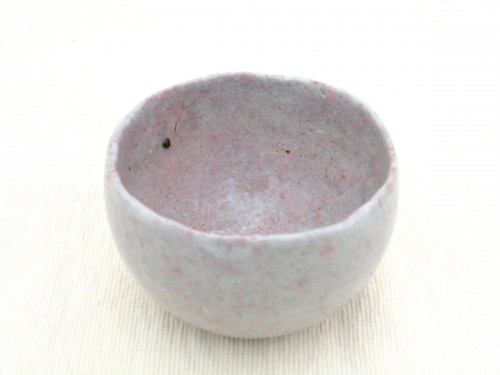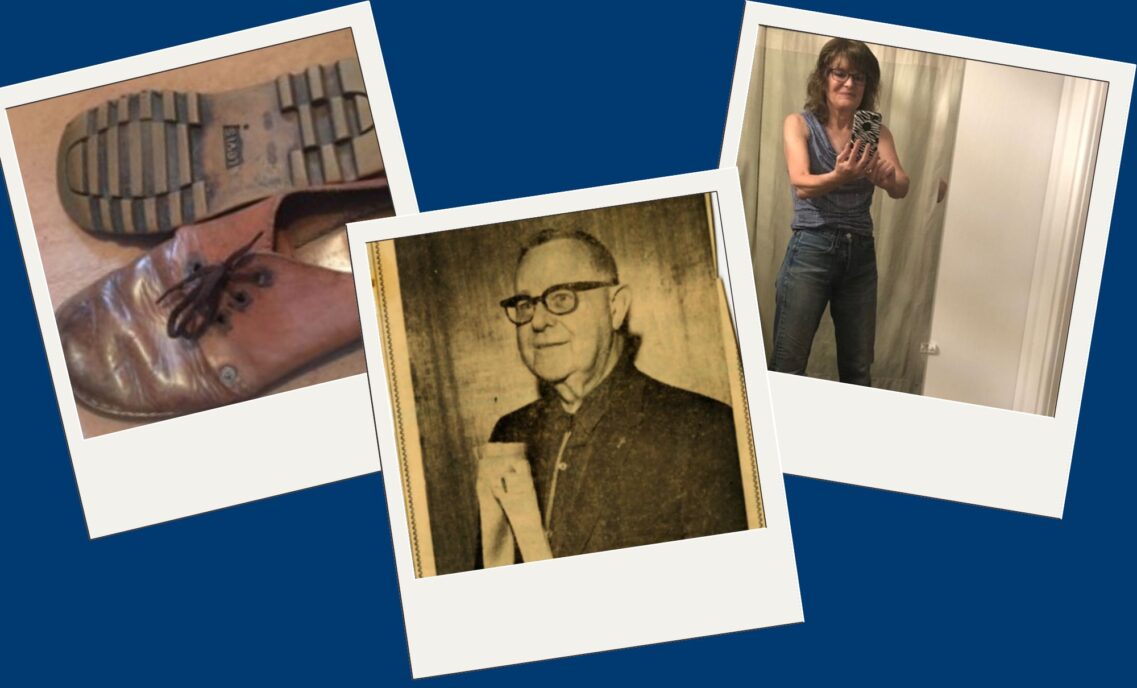3 Levi’s Designers Give The Scoop On The Booming Denim Market In Japan
In Japan, a culture’s adoration of vintage Levi’s® has inspired a highly competitive denim market, saturated with small producers of high-end blue jeans. To learn more about the history and dynamics of this denim-loving country, Unzipped tracked down three of our designers who hail from the country to get their perspective.
Denim’s popularity in Japan may stem from the country’s long history with indigo. Indigo dying, called “aizome” in Japanese, gained great popularity during the Edo period (1600-1868). Men’s Senior Designer Takumi Maemura referenced the many ways that natural indigo has been used in Japanese culture — from dying fireman jackets for decreased flammability to decorating Shibori Kimonos.
Senior Women’s Denim Designer Mizue Koda said, “The fact that Japan has a rich textile history — producing skilled technicians in weaving and dying — may have something to do with denim’s popularity.”
The first Levi’s came into Japan in the early ‘50s. In the ‘80s and ‘90s, classic American workwear gained a cult-like fashion following across the country. ‘Amekaji’ is a Japanese-English word that describes American casual fashion, incorporating denim, checked shirts, white T-shirts, and leather jackets.

“There were a lot of ‘Amekaji’ shops and magazines around when I grew up. Even in my early teenage years, I was already familiar with the culture of selvedge denim and vintage clothes,” said Mizue Koda, Levi’s Senior Women’s Denim Designer.
Mizue said that the appreciation for American style relates to the stories of how these classic garments came to be. For her, denim’s rich history is a daily design inspiration at Levi’s. Takumi also referenced the beauty of authentic selvage denim and rarity of vintage goods as key contributors to the appeal of Amekaji style in Japan.
Senior Designer Nobutoshi Nakao said the Japanese concept of ‘Wabi-Sabi’ exemplifies how his Japanese heritage affects his work at LS&Co. Wabi-Sabi aesthetic prizes roughness, irregularity, and imperfection.

Pottery items such as this contemporary wabi-sabi tea bowl are often rustic and simple-looking, with shapes that are not quite symmetrical, and colors or textures that appear to emphasize an unrefined or simple style.
Takumi referenced many small mills in Japan that are using shuttle looms to weave denim. “The weaving process is very slow, and the looms can only make limited quantities. Unique fabric characteristics occur naturally due to the uneven tension of the yarn in the shuttle loom.” These imperfections are part of what makes Japanese denim so special.
The Japanese concept of ‘Kodawari’ refers to a relentless pursuit of perfection and staying true to a product you believe in. “Quality control is one of the biggest features of Japanese denim,” Takumi said.
Each mill upholds their unique vision of what the cloth should look like. Takumi compared this phenomenon to the variety of small ramen restaurants popping up in Japan, each experimenting with varying tastes, noodles, and toppings. “Rather than prioritizing business growth, producers dedicate themselves to a taste they believe in,” he said. “They believe their dedication to creating this excellent product will ultimately lead to growth. The same thing happens in the denim industry.”
This inspires a competitive market of small producers who are pushing boundaries, focused more on commitment to quality than mass production or market share. Supremely crafted Japanese raw denim can sell for up to $4,000, but the concept of pushing the envelope and lifting consumers’ expectations applies to every price point. “Japanese collectors and denim nerds have elevated denim to an art form by obsessing over the details,” said Mizue.
With Levi’s commitment to innovation, having designers who are familiar with this “art form” and the advanced technical processes of Japanese denim is a great asset. Mizue explained, “The industry appreciates the authenticity of American denim, but infuses it with contemporary technology.” According toTakumi, this could mean everything from developing special performance fibers to cutting-edge fabric treatments and finishing processes.
In terms of cultural influence, it’s a two-way street. “Japan adopted the jeanswear culture, but developed it to have a Japanese sensibility and taste. Now, classic American denim is put through new Japanese craftsmanship, technology, culture, and design ethos,” said Nobutoshi.
While each designer takes inspiration from the cutting-edge industry in their home country — they all acknowledge the powerful appeal found only in a pair of vintage Levi’s.
Image Credits:
Saimon2000bd – Own work. Licensed under CC BY-SA 3.0 via Wikimedia Commons
ottmarliebert.com from Santa Fe, Turtle Island (White Pink Bowl) [CC BY-SA 2.0 (http://creativecommons.org/licenses/by-sa/2.0)], via Wikimedia Commons










